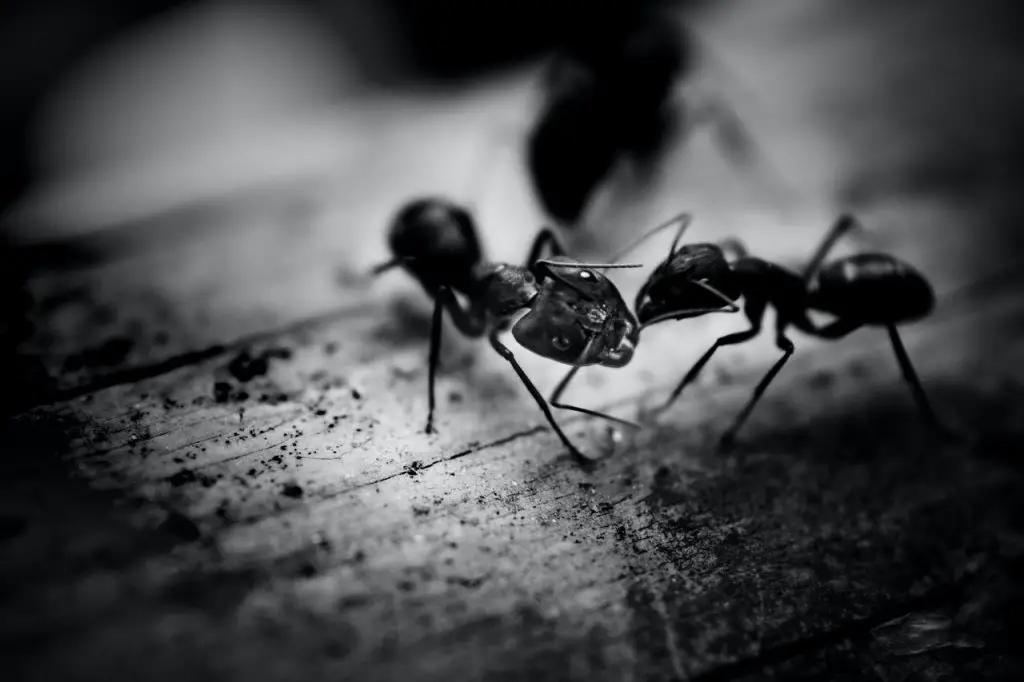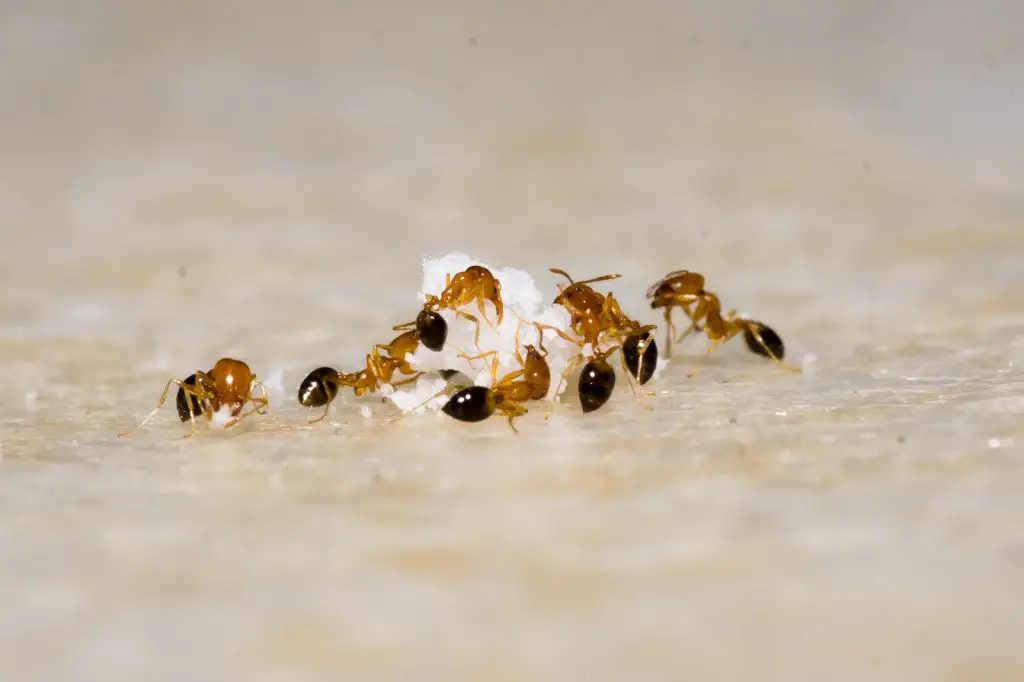Ants are a common sight in many parts of the world, and they play a vital role in the ecosystem as decomposers, pollinators, and seed dispersers. However, not many people know that some ant species exhibit a behavior called hibernation, similar to how mammals and birds do during the winter season.
In this blog post, we will explore when ants come out of hibernation and what factors influence their behavior.
When Do Ants Come Out Of Hibernation?
Ants come out of hibernation when the weather starts to warm up and food and resources become more abundant. The timing of when ants come out of hibernation can vary depending on the specific species and the local environmental conditions.
In general, ants in colder regions or at higher elevations may experience longer periods of hibernation compared to ants in warmer regions or at lower elevations. However, it’s worth noting that not all ant species exhibit a true hibernation period, and some may remain active throughout the year, depending on the local conditions.
The process of coming out of hibernation is a gradual one, and it may take several weeks or even months for an ant colony to fully emerge from hibernation and return to its normal level of activity.
Factors that Affect When Ants Come Out Of Hibernation
Ants, like many other animals, use the process of hibernation to survive during harsh weather conditions or when resources are scarce. However, the timing of when ants come out of hibernation depends on a variety of factors, including:
Temperature and weather conditions:
Ants are cold-blooded creatures, which means that their body temperature is regulated by the environment. In general, ants are more active when the temperature is warmer, and they may enter a state of hibernation when the weather becomes too cold or dry.
For example, carpenter ants and harvester ants are more likely to hibernate during the winter months, while tropical ants may not experience a true hibernation period due to the consistent warmth in their habitat.
Availability of Food and Resources:
Ants rely on a steady supply of food and water to survive, and they may go into hibernation when these resources become scarce. For example, honey ants store food in their nests during the summer months and use it as a source of energy during the winter when foraging is more difficult.
Life Cycle Stage of the Ant Colony:
The timing of when ants come out of hibernation may also be influenced by the life cycle stage of the colony. For example, newly-established colonies may have fewer resources and may enter a state of hibernation until they have the resources needed to survive. On the other hand, mature colonies with a well-established nest and a strong workforce may be more likely to remain active throughout the year.

When is Ant Season?
It’s also important to note that different ant species have different patterns of activity, and some may be more active during certain times of the year than others.
For example, carpenter ants and harvester ants are more likely to be active during the spring and summer months, while honey ants may be more active during the fall when they are collecting food to store for the winter. Additionally, tropical ants may not experience a distinct “ant season” due to the consistent warmth in their habitat.
Overall, ant season refers to the times of the year when ant activity is more pronounced, but it’s important to remember that ants can be active throughout the year, depending on the specific species and the local environmental conditions. So, it’s always a good idea to keep an eye out for ants and take steps to prevent them from entering your home, regardless of the time of year.
The Physical Changes that Occur During Hibernation Process of Ants
During the hibernation period, ants experience several physical changes that help them survive the winter. These changes may include:
Slowing of Metabolism:
Ants enter a state of torpor during hibernation, which is characterized by a slower metabolism and reduced body temperature. This helps them conserve energy and survive the winter when food and resources are scarce.
Changes in Body Composition:
Ants may increase the amount of fat stored in their bodies during the winter to provide a source of energy during the hibernation period.
The Duration Of Hibernation in Ants
The duration of the hibernation period for ants varies depending on the specific species and the environmental conditions in their habitat.
In general, ants in colder regions or at higher elevations may experience longer periods of hibernation compared to ants in warmer regions or at lower elevations. However, it’s worth noting that not all ant species exhibit a true hibernation period, and some may remain active throughout the year, depending on the local conditions.
How Ants Prepare For Coming Out of Hibernation
As the weather starts to warm up and food and resources become more abundant, ants that have been in a state of hibernation begin to emerge from their nests. The process of coming out of hibernation, or “awakening,” involves several steps:
Increased Activity Around the Nest:
As the weather warms up, ants may start to become more active around the nest, possibly as a result of hormonal changes triggered by the change in temperature.
Foraging Behavior:
As the ant colony emerges from hibernation, the worker ants may start to forage for food to restock the nest and feed the young.
Mating Flights:
Some ant species, such as carpenter ants, may engage in mating flights during the spring as part of the process of coming out of hibernation. During these flights, male and female ants will leave the nest and fly to a new location to mate.
Nurturing the Young:
As the weather warms up and food becomes more available, the queen ant may start to lay more eggs, and the worker ants will care for the young. This helps the colony grow and rebuild its workforce after the hibernation period.
Overall, the process of coming out of hibernation is a gradual one, and it may take several weeks or even months for an ant colony to fully emerge from hibernation and return to its normal level of activity.
Conclusion
In conclusion, ants are fascinating creatures that play a vital role in the ecosystem as decomposers, pollinators, and seed dispersers. Some ant species exhibit a behavior called hibernation, which is a state of torpor characterized by a slower metabolism and reduced body temperature. The timing of when ants come out of hibernation depends on a variety of factors, including temperature and weather conditions, availability of food and resources, and the life cycle stage of the ant colony.
As we have learned, the process of coming out of hibernation is a gradual one, and it may take several weeks or even months for an ant colony to fully emerge from hibernation and return to its normal level of activity. The end of ant season is also a gradual process, and it may take several weeks or even months for ant activity to fully decrease as the weather gets colder and resources become more scarce.
We hope that this blog post has given you a greater understanding of when ants come out of hibernation and the factors that influence their behavior. We encourage you to observe and learn more about the fascinating behavior of ants in your local environment and appreciate the important role they play in the ecosystem.



